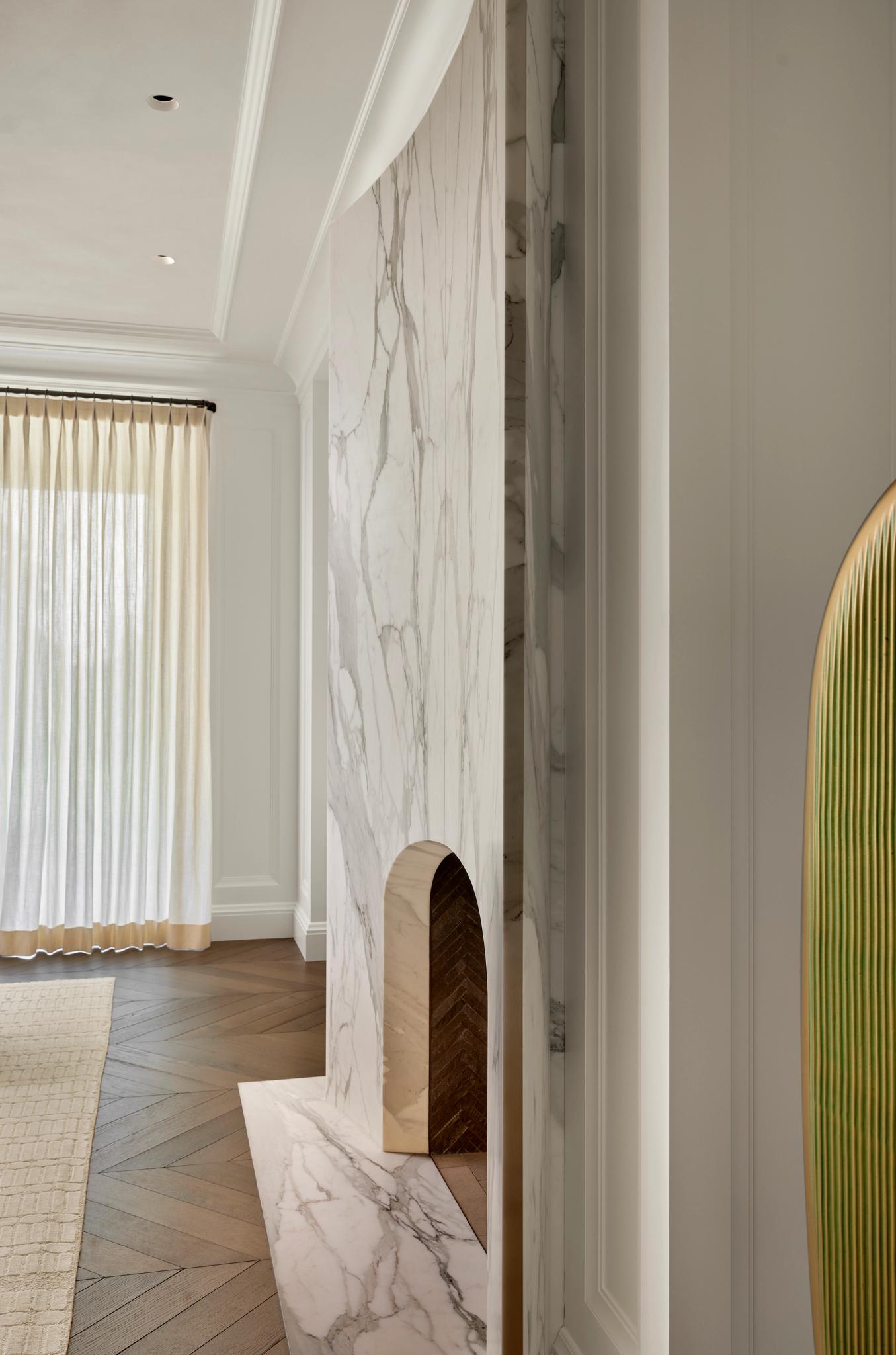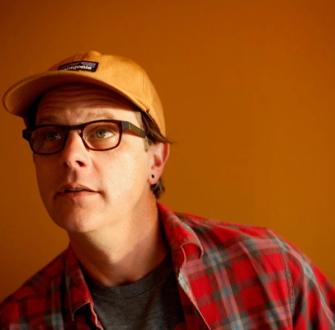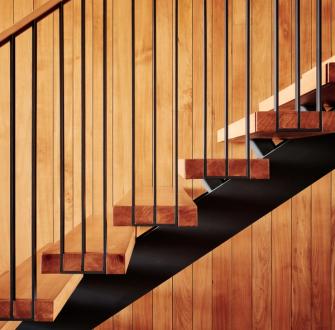Craft: CoorItalia
This week, we spoke with Alessio De Francesca, the CEO and Founder of CoorItalia, about the creation, development, and refinement of his practice. CoorItalia is a highly respected supplier of both Architectural Elements and Windows and Doors, alongside Elementi, which crafts custom Italian-made furnishings and interior applications.
Today, CoorItalia is a diverse company offering an array of beautiful products – but how did CoorItalia come to be? Do you remember the specific material or product that started your journey?
I arrived in San Francisco in the summer of 1997. The following year, I began my career as a salesperson for a stone tile company working on residential and commercial projects in the Bay Area.
In 2001, I decided it was time to move on, left the company, and created CoorItalia. In the beginning, I worked from the garage of my house in San Mateo. I remember receiving crates of stone and terracotta roof tiles samples and storing them in the garage and in the backyard. Later that year, I rented a small warehouse in San Mateo, and from there we continued the journey.
I had no idea I was going to be working in material procurements for high end residential projects. My background is in Political Science and Non-Profit Management. I immediately liked the idea of being able to help architects and homeowners with specifying natural stone elements for their interior and exterior applications. I was already traveling to Italy to meet manufacturers and attending trade shows. A new world opened to me.
When I opened CoorItalia, I decided to add more collections to the existing ones. They included new and reclaimed Italian roof tiles and bronze windows and doors. I remember a great encounter with an amazing architect named Andrew Batey (he passed away a few years ago). Andrew asked me to find a company producing architectural bronze windows and doors. A cousin from Verona helped me locate a good manufacturing system as well as fabricator facility for Andrew’s project. In 2003, CoorItalia added the steel windows and doors division.
How has Italy set itself apart as a supplier? What is special to you about working there?
In every Italian home you can find wood, stone, and metal. We grew up surrounded by design elements and like fashion, the industry of craftmanship in natural stone, terracotta, and windows and doors is always changing.
I travel to Italy several times a year, and even when on vacation with my family, I have a reason to visit new potential partners. Throughout the Italian Peninsula, you can still find stone quarries and craftsmen. It’s nice to see the work still done in small shops with technology helping keep up with the growing demand from a global market.
How do you forge meaningful relationships with quarries and suppliers? What is the vetting process like?
Speaking the same language is of course an advantage, although we do work with stone quarries and factories all over Europe. A few years ago, we opened an office in Italy - our Italian colleagues play an important role in nurturing existing relationships and creating new ones. I still work with shops and quarries from the early 2000’s. After over 20 years in business, the reputation with suppliers is what allows you access to certain materials and the ability to receive immediate attention.
We visit quarries to view materials we are interested in promoting and then visit factories to review their processes and capabilities. We want to see the equipment and understand what type of work they can do. Attention to detail is important - we have partners who know who we are and understand our clients’ needs.
What is the makeup of your team? What skill sets are required for your niche?
We have three divisions within the group. CoorItalia has both the Windows and Doors division and the Architectural Division. The third division is Elementi, which focuses on interior cabinetry, kitchens, and bathrooms. Each division has a sales team, project managers, estimating team, and a technical team in Italy.
We welcome engineers, architects, and passionate individuals who’d like to be part of amazing residential and institutional projects. My team is great, I owe a lot to them.
The design of your showroom in San Francisco pays homage to the artistry of the pieces you have on display. Describe the vision for the space.
We moved to San Francisco in 2012 after being in the Peninsula for ten years. I was very lucky to have had the chance to meet Nicole Hollis and help her with a project. I asked her to design the CoorItalia showroom and later, Elementi’s space. She was very attentive to my desire to create a laboratory, not a standard showroom, where architects and designers could meet us and review materials with different finishes and applications. We always have new collections and seek the input of the decision makers, aka the architects and designers. Our Showrooms are always changing, adapting to new materials, and the collections we’d like to present to the community.

“When I started CoorItalia, in 2001, my goal was to create a company that could coordinate all the passions that I saw in the design world: the passion of Designers and Architects for beautiful objects, textures and lines, the passion of Craftsmen to bring these to life and the passion of Builders to “make it real.” CoorItalia, for twenty years, has taken your vision, made it tangible and delivered it for all to share,” — Alessio De Francesca, CEO.

Tell me what it's like to run a small business. What challenges have you faced and what has been rewarding about that?
When I left my first and only employed position and opened CoorItalia, I did not know how to run a business, but I enjoyed the challenges and never turned back. I have to thank my early clients who believed in me and gave me a chance. Coming from Italy, I do admire that people here give newcomers a chance.
I owe a lot to my wife who believed in me and gave me the confidence to keep going. At the same time, our first child was born and my determination to make it happen was even stronger. Back in Italy, my parents and siblings were also very supportive of my move.
One project at a time, the first employee, the second, and we built a unique business in the Bay Area. To this day I smile when talking to potential clients, I realize that what I show creates interest and desire to know more. One of the most rewarding aspects of this business is to satisfy the client’s needs.
Which new technologies have influenced your work as of late? How do you think they will change the industry going forward?
Over the last twenty years, I’ve seen a great change in the way we conduct business transactions. Covid made it clear that in-person meetings can be avoided, and remote working is now normal. But our business is tangible and tactile. The experience of being in a factory and seeing a product being made brings joy. I work with both low-tech and high-tech manufactures. A couple of weeks ago, I visited a craftsman making a clay model of a travertine Corinthian capital for one of our jobs. I was surrounded by clay, tools of the past, and a passion to hang on to tradition. The same capital will later be sculpted via a CNC machine, but as the initial phase with the clay was done by hand, the last touches will be carried out by expert hands.
Homes will be built by people, designed by people, and crafted by artisans. Robots specifically designed to produce windows and doors and stonework will inevitably become more and more present, but the expert hands of the artisans who guide the process and apply the final touches will not disappear.
Working in high-end residential is like working in fashion or luxury cars, the artisans make the difference.
Our studio deeply values working with purveyors and artisans who are experts in their trade or craft. What is special to you about high-quality, bespoke goods?
I present to architects, designers, and builders the need and necessity to value high quality, tailored products. Our partners are, for the most part, small and medium family-owned businesses who value the one-of-a-kind approach to a project. We relate to our work like the architect who meets a new client for the first time. They envision their new home as their own, listen to their needs, and create inviting spaces that are bespoke and unique.



